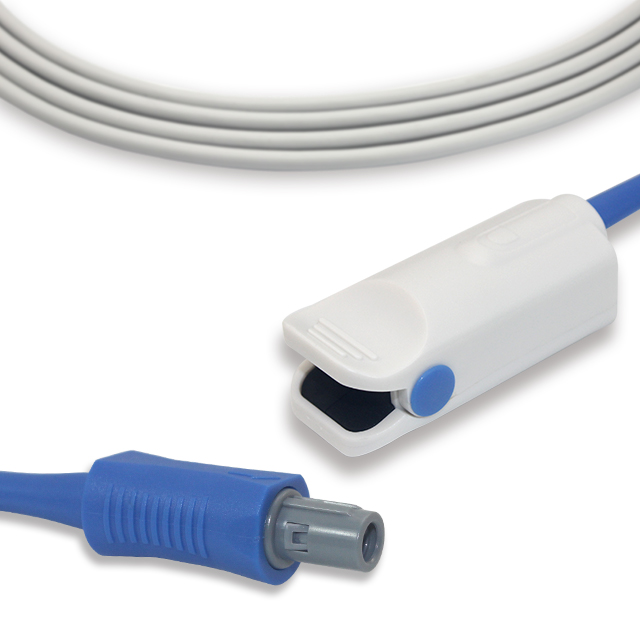There are so many medical terms that are batted about in the doctor’s office and emergency room that it is sometimes hard to keep up. During cold, flu and RSV season, one of the most vital terms is SPO2. Also known as pulse ox, this number represents an estimate of the oxygen levels in a person’s bloodstream. Along with blood pressure and heart rate, a person’s oxygen saturation is one of the first measurements taken in an examination. But what exactly is it and what should your SPO2 be?

What is SPO2?
SPO2 stands for peripheral capillary oxygen saturation. It is measured by a device called a pulse oximeter. A clip is placed on the finger or foot of the patient and light is sent through the finger and measured on the other side. This quick, painless, non-invasive test provides a measurement of the hemoglobin, red blood cells carrying oxygen, in a person’s blood.
What should your SPO2 be?
A normal, healthy person should have an SPO2 of between 94 and 99 percent while breathing normal room air. Someone with an upper respiratory infection or disease should have an SPO2 above 90. If this level falls below 90, the person will require oxygen to maintain brain, heart and other organ function. Normally, if a person has an SPO2 below 90, they run the risk of developing hypoxemia or low blood oxygen saturation. Symptoms may include shortness of breath, especially during brief exercise or even while you are at rest. Many people also experience low blood oxygen levels when they are sick, have a blood clot in their lungs, have a collapsed lung, or a congenital heart defect.
What should I do about a low SPO2?
Pulse oximeters are easy to acquire and easy to use. They are especially useful for people who care for the elderly, very young, or chronically ill. But, once you have this information, what do you do about it? Anyone without a chronic lung disease and an SPO2 level below 90 should be seen by a doctor immediately. Nebulizer treatments and oral steroids may be required to open up the airways and allow the body to receive adequate oxygen to function. Those with an SPO2 between 90 and 94, who have a respiratory infection, may improve on their own with rest, fluids and time. In the absence of illness, an SPO2 within this range may indicate a more serious underlying condition.
While SPO2 provides a snapshot into your blood oxygen level, it is by no means a comprehensive measurement of a person’s health. This measurement merely provides an indicator that another diagnostic testing is needed or certain treatment options that should be considered. Still, knowing your loved one’s blood oxygen saturation level can help bring you peace of mind in otherwise trying circumstances. If you want to know more about pulse oximetry or need help deciding which pulse oximeter is right for you, please contact
Post time: Nov-12-2020

